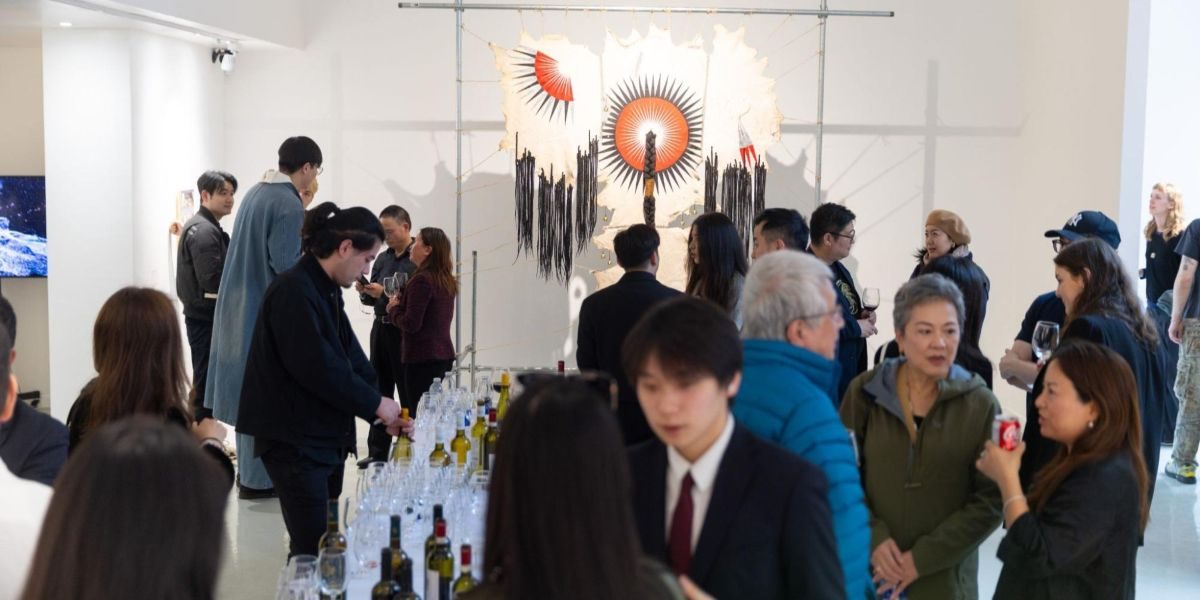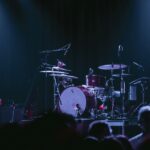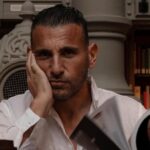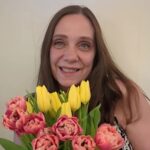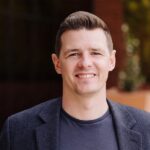From Breath to the Dirt is a testament to emerging curator Ziyi Xiong’s burgeoning authorship. Xiong has framed her concept through a poetic duality: ‘Breath carries the first stirrings of civilization — a symbol of emotion, belief, and the intangible. Dirt, by contrast, holds presence, weight, and origin; it is where the breath finds its ground.’ This statement, drawn from her curatorial notes, becomes the keystone for the exhibition’s overall architecture. Rather than presenting a mere assembly of disparate works, she forges a conceptual through-line: the threshold where the immaterial of breath becomes anchored in the materiality of earth, guiding viewers to consider each work as an act of translation between spirit and substance.
Xiong’s methodology reveals itself in her selective touch: seven artists, each negotiating materiality in different registers, yet unified by her insistence on dialogue between poetics and raw matter. Rather than assembling works chronologically or by medium, Xiong juxtaposed works to create tension and resonance. For instance, artist Dongbay’s towering totem of animal skin, hair and steel tubes faces Jialin Wu’s morphing, glitching CGI tree. One confronts tangible remnants of post-industrial impact, anchoring questions of civilization versus natural habitat; in the other, an unstable, virtual organism claws at coherence. By contrasting tangible remnants of cultural tradition with a digitally unstable organism, Xiong creates a dialogue about ecological grief and potential eco-ethical responses.
Xiong maintains continuity by threading each artist’s practice back to questions of longing and reality, and identifying artists whose practices intrinsically engage with existential questions. She negotiates materiality through spatial intervals, each separated by the measured silence in the space: for example, Zhengwei Fan’s crystalline photograph of ancient Icelandic cliffs, where natural forces transform perception and memory; and Zesheng Li’s series of photographs where figures cross isolated landscapes covered by thick fog, concealing yet illuminating. In both, land becomes memory, and absence holds a spiritual presence.
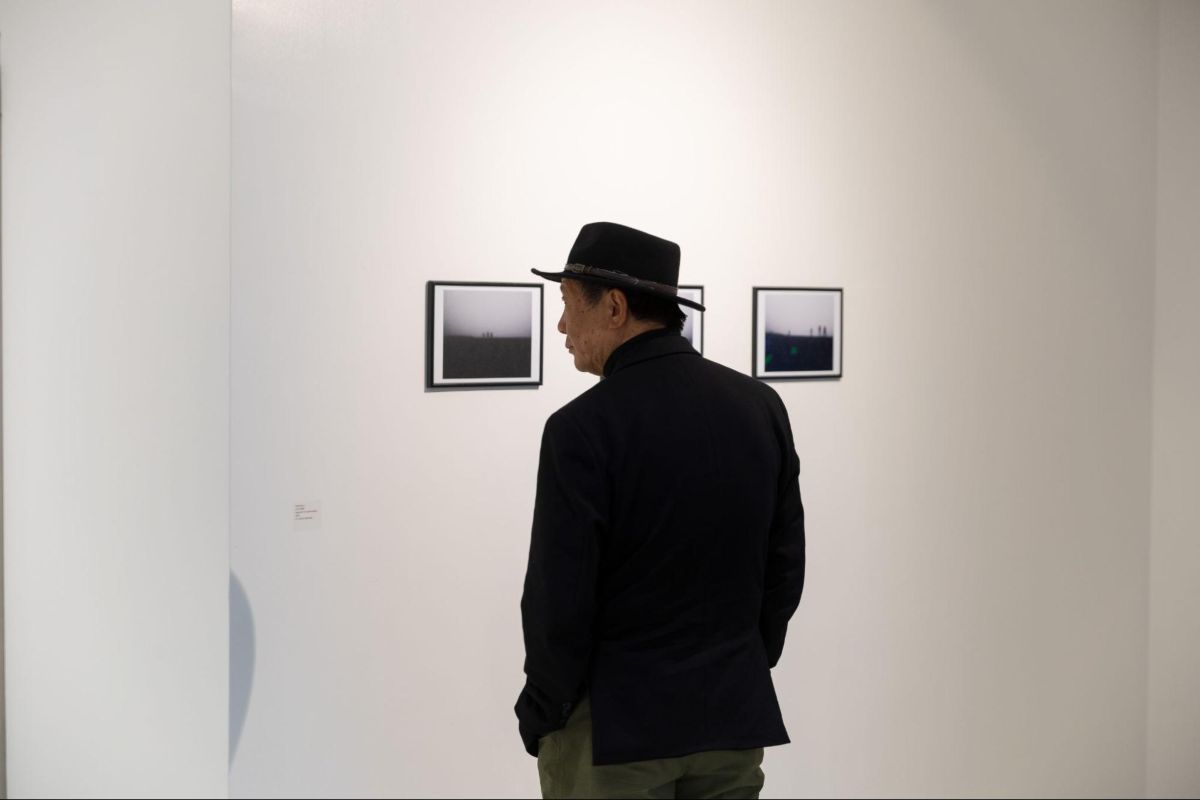
Through Xiong’s carefully composed setting, subtle shifts heighten one’s awareness of materiality—whether confronting Gabor Bata’s expressionistic drawings where human figures appear obliterated, drawn with thrashing marks and smudges; or in selecting Marie Ève Richard’s layered paintings, where pattern and narrative fold into one another; and real life and the imagination coalesce elegantly with Ayden Holmes’s vibrant paintings structured with energetic colours, repeated patterns and exaggerated imagery. Xiong trusted that the emotional gravitas of these canvases would resonate alongside the silent landscapes, as though composing a musical composition.
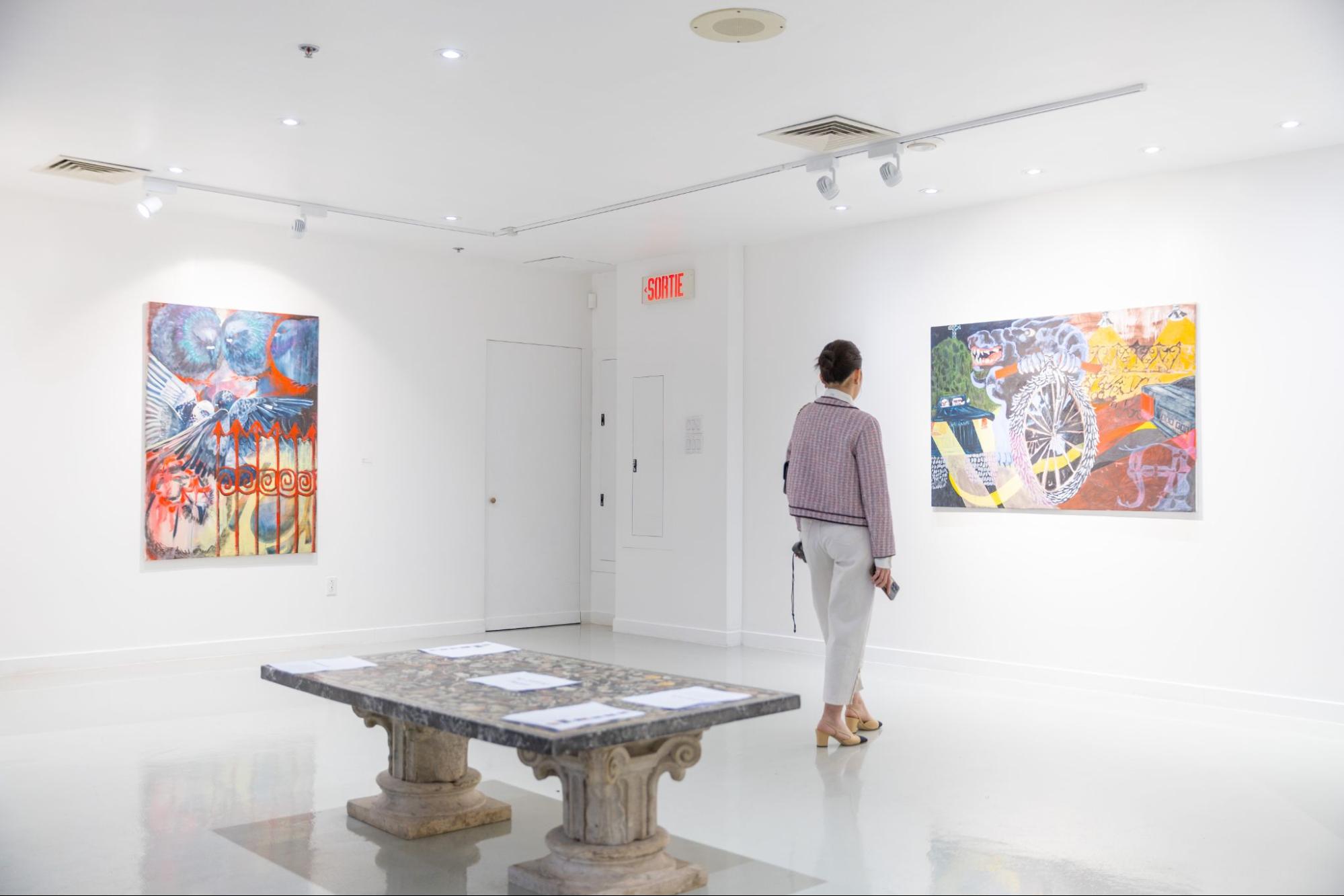
The exhibition never veers into didacticism. Instead, it pauses at thresholds — through different mediums and forms — so that viewers can absorb rather than simply process. In this way, Xiong’s curatorial voice emerges not as dominant, but as a sensitive interlocutor, inviting us to inhabit these spaces of tension. Under Xiong’s direction, intellectual and emotional coherence stems from her insistence on a poetics of remnant and silence as a medium of resonance.
From Breath to the Dirt, is less a rigid structure than a porous border — allowing works to converse across gaps of time, medium, and geography. Within this porousness, Xiong reveals a distinctive sensibility valuing quiet rigour, conceptual ambition, and an almost spiritual attention to how artworks negotiate the space between longing and actuality, vision and form. Ultimately her emerging curatorial voice is defined by attentiveness as much as theoretical grasp, while developing a practice that will continue to make the invisible weight of breath visible in the dirt beneath our feet.
Author’s Bio
Lauren is an independent contemporary arts writer and researcher. She has written regularly for Artforum International, The Swedish Bulletin (Stockholm) and TemaCeleste (Milan). She has also written for MAP magazine, ArtReview and Paletten. She is currently part of Hidden Objects Oxford — a new project comprised of 5 independent and University curators and researchers based in Oxford with an interest in contemporary art and design. Lauren is a guest lecturer in the MLitt Art Writing progamme at Glasgow School of Art and an external PhD supervisor at Edinburgh College of Art. She is Chair of Cove Park international residencies on the west coast of Scotland, and a Trustee of David Dale Gallery (artist run space in Glasgow). She is a Fellow of the RSA in London and a member of The Frontline Club, London. Lauren received an MFA from the Columbia University School of Arts in NYC, and completed postgraduate studies at Radcliffe College, Harvard University and at Bennington College, Vermont.
Lauren was the Director of the international arts space, The Kitchen, in NYC during the 1990’s and a founding advisor to the ZKM in Karlsruhe, Germany.

